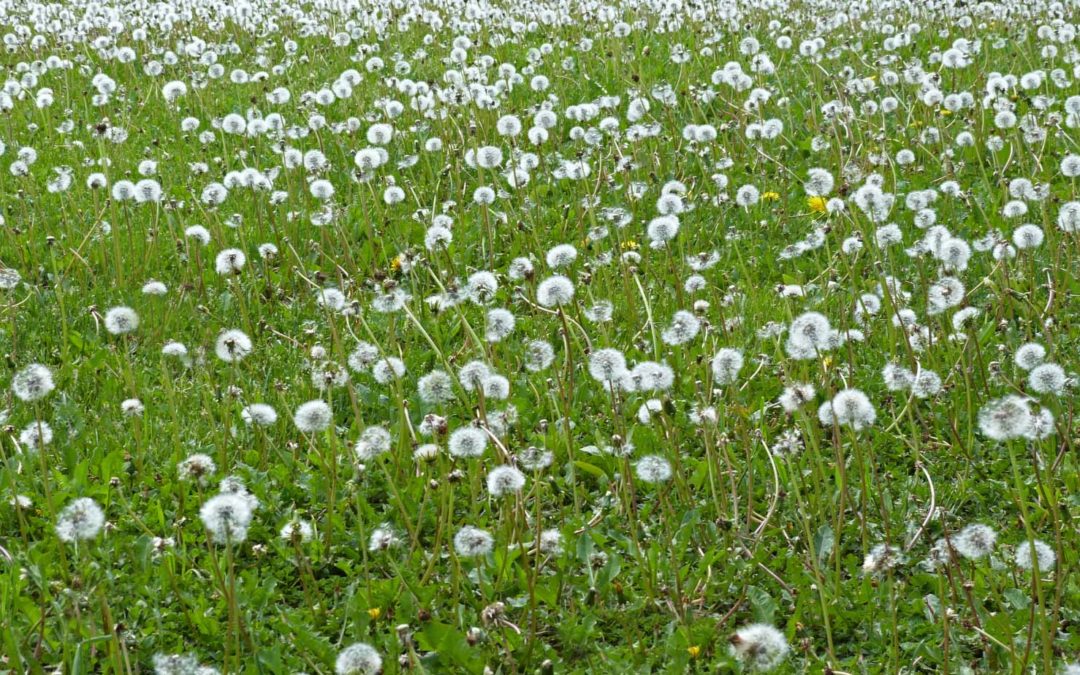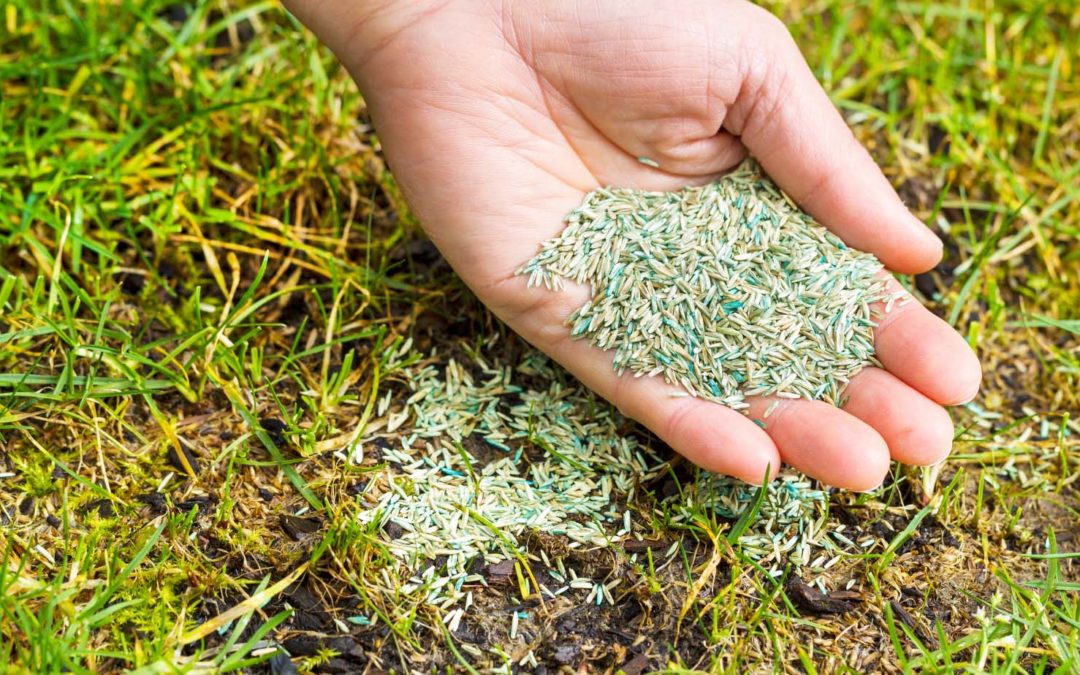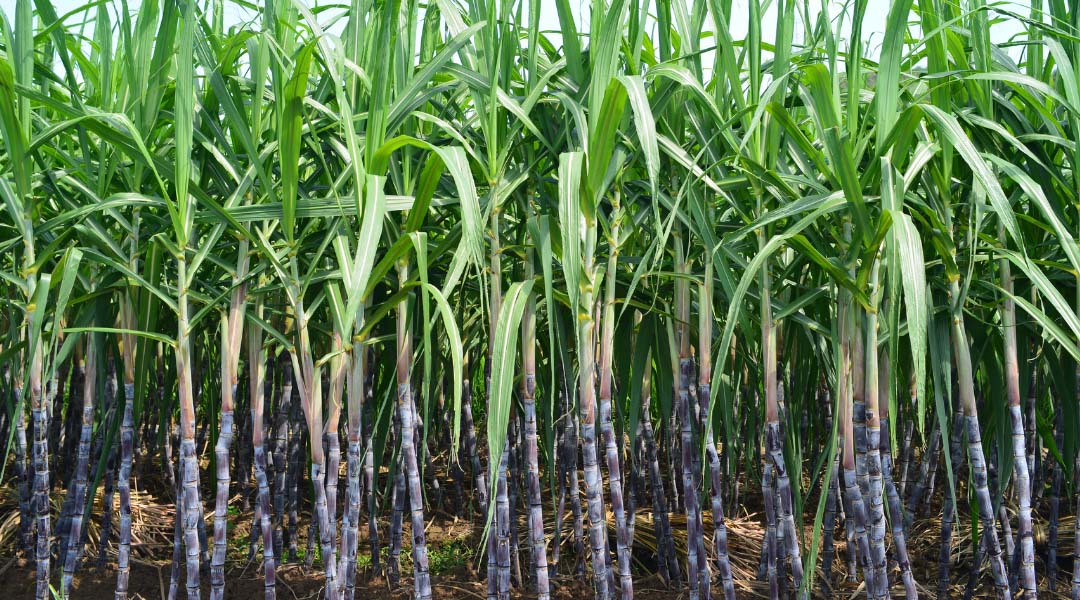Sugar cane, a tropical perennial grass, has been cultivated for thousands of years for its sweet, juicy stalks. Originating from Southeast Asia, sugar cane spread across the world, becoming a staple crop in tropical and subtropical regions. Today, it’s a major source of the world’s sugar and plays a crucial role in the production of molasses, rum, and biofuels.
Benefits of Growing Sugar Cane at Home
Growing sugar cane at home is not only rewarding but also provides you with a fresh source of natural sweetener. Imagine walking out to your garden, cutting a stalk, and enjoying fresh sugar cane juice or using it as a sweetener for your tea. Besides its practical uses, sugar cane also adds an exotic touch to your garden with its tall, bamboo-like stalks swaying in the breeze.
Climatic Requirements
Before you embark on your sugar cane growing journey, it’s essential to understand that sugar cane thrives in warm, frost-free climates. Ideally, temperatures should range between 70°F and 95°F. It’s best suited for USDA Zones 9-11, where the growing season is long enough to allow the plants to mature fully. If you live in a cooler climate, you might still be able to grow sugar cane in a greenhouse or as an annual crop.
Popular Varieties for Home Gardening
Not all sugar cane varieties are created equal, especially when it comes to home gardening. Generally, sugar cane is classified into two types: soft cane and hard cane. Soft cane varieties are easier to chew and are ideal if you want to enjoy the sweet juice straight from the stalk. Hard cane varieties, on the other hand, are better suited for processing into sugar or molasses. For beginners, varieties like ‘Purple Ribbon’ or ‘Louisiana Ribbon’ are recommended due to their hardy nature and ease of growth.
Local Availability
When choosing a variety, it’s crucial to consider local availability. Sugar cane setts (cuttings) can often be sourced from local nurseries, gardening stores, or online retailers. Opting for disease-resistant varieties is wise, as they will be more resilient and require less maintenance, especially if you’re new to growing sugar cane.
Site Selection and Soil Preparation
Ideal Location
Sugar cane needs plenty of sunlight to thrive—at least 6-8 hours of direct sunlight daily. Choose a spot in your garden that receives full sunlight and is sheltered from strong winds, which can damage the tall stalks. Since sugar cane is a moisture-loving plant, ensure the location is close to a water source or set up an irrigation system to keep the soil consistently moist.
Soil Requirements
The right soil is crucial for growing healthy sugar cane. Sugar cane prefers well-drained loam soil rich in organic matter. The ideal soil pH for sugar cane ranges from 5.5 to 6.5. Before planting, test your soil’s pH and amend it if necessary. Adding compost or well-rotted manure can improve soil fertility and structure, creating the perfect environment for your sugar cane plants to thrive.
Preparing the Garden Bed
To prepare the garden bed, start by clearing the area of weeds, rocks, and debris. Loosen the soil to a depth of at least 12 inches, incorporating compost or organic matter as you go. If your soil is heavy or clayey, consider creating raised beds to improve drainage. Ensure the soil is well-moistened before planting, as sugar cane needs consistent moisture from the start.
Planting Sugar Cane
Obtaining and Preparing Setts
Sugar cane is typically propagated using setts, which are cuttings from mature canes. When selecting setts, choose healthy, disease-free stalks with at least 2-3 nodes (the points from which new shoots will emerge). Before planting, soak the setts in water for 24 hours to encourage faster rooting. Some gardeners also dip the cuttings in a fungicide solution to prevent diseases.
Planting Method
Planting sugar cane is relatively straightforward. Dig trenches about 4-6 inches deep and space them 3-5 feet apart. Lay the setts horizontally in the trenches, ensuring that the nodes are facing upwards. Cover them lightly with soil, leaving the top few inches of the stalk exposed. After planting, apply a thick layer of mulch to help retain moisture, suppress weeds, and regulate soil temperature.
Watering Schedule
Water the newly planted setts thoroughly to settle the soil around them. Sugar cane requires a lot of water, especially during its initial growth phase. Water the plants regularly, keeping the soil consistently moist but not waterlogged. Installing a drip irrigation system can be beneficial, as it provides a steady supply of moisture directly to the roots without over-saturating the soil.
Caring for Sugar Cane Plants
Watering
Sugar cane’s thirst for water doesn’t end after planting. Throughout its growing season, it’s crucial to maintain consistent moisture levels. Water the plants deeply once or twice a week, depending on your local climate and rainfall. During dry spells, you may need to increase the frequency of watering to ensure the soil doesn’t dry out completely.
Fertilization
Fertilization plays a key role in ensuring your sugar cane grows tall and healthy. At planting time, apply a nitrogen-rich fertilizer to encourage strong growth. A balanced fertilizer with a 10-10-10 NPK ratio is ideal. Reapply fertilizer every 6-8 weeks during the growing season. Organic options like compost tea or well-rotted manure can also be effective in providing the necessary nutrients.
Weed Control
Weeds can compete with sugar cane for nutrients and water, so keeping your garden bed weed-free is essential. Mulching is one of the most effective ways to control weeds. Apply a thick layer of mulch around the base of the plants, replenishing it as needed. Hand-weeding may be required occasionally, but avoid using chemical herbicides, as they can harm the sugar cane.
Pest and Disease Management
Sugar cane is relatively hardy, but it’s not immune to pests and diseases. Common pests include aphids, cane borers, and mealybugs. Regularly inspect your plants and treat infestations promptly with organic insecticides or neem oil. Diseases like red rot and smut can affect sugar cane, especially in humid climates. Ensure proper spacing and air circulation to prevent fungal infections. If you notice any signs of disease, remove and destroy the affected plants immediately.
Staking and Support
As sugar cane grows, its tall, slender stalks may require staking to prevent them from falling over, especially in windy conditions. Drive stakes into the ground next to each plant and tie the stalks loosely to the stakes with garden twine. This support will keep the stalks upright and prevent them from lodging (falling over), which can hinder growth and make harvesting difficult.
Harvesting Sugar Cane
When to Harvest
Sugar cane takes about 10-14 months to reach maturity, depending on the variety and growing conditions. The best time to harvest is late summer to early fall when the stalks are tall, firm, and slightly yellow. You’ll know the cane is ready when the lower leaves start to dry out, and the stalks make a hollow sound when tapped.
How to Harvest
To harvest sugar cane, use a sharp machete or pruning saw to cut the stalks close to the ground. Wear gloves and long sleeves to protect yourself from the sharp edges of the leaves. Once harvested, remove the leaves and tops, leaving just the stalk. Be sure to harvest in the morning or late afternoon when the temperature is cooler to prevent the stalks from drying out too quickly.
Post-Harvest Care
After harvesting, store the sugar cane stalks in a cool, dry place until you’re ready to use them. If you plan to juice the cane, do so as soon as possible for the freshest taste. Alternatively, you can process the cane into syrup or sugar, which has a longer shelf life. If you have more cane than you can use, consider sharing with neighbors or preserving it for later use.
Propagation and Regrowth
Ratoon Cropping
One of the advantages of growing sugar cane is its ability to regrow after harvesting, a process known as ratooning. After the initial harvest, new shoots will sprout from the roots, allowing you to get multiple harvests from the same plant. To encourage regrowth, leave the roots undisturbed after cutting the stalks, and continue to water and fertilize as needed.
Tips for Maximum Yield
To get the most out of your ratoon crop, apply a high-nitrogen fertilizer after harvesting to stimulate new growth. Keep the area around the plants weed-free and ensure they receive adequate water, especially during dry periods. After a few ratoon cycles, the yield may start to decline, at which point it’s best to plant new setts to maintain productivity.
Troubleshooting Common Problems
Poor Growth
If your sugar cane is not growing as expected, several factors could be at play. Poor soil quality, insufficient sunlight, or inadequate watering are common culprits. Ensure your soil is rich in organic matter and well-drained. If the plants are in a shaded area, consider transplanting them to a sunnier spot. Consistent watering is also crucial, especially during the early growth stages.
Yellowing Leaves
Yellowing leaves can be a sign of nutrient deficiency, particularly nitrogen. Applying a balanced fertilizer should help correct this issue. Overwatering can also cause yellowing, as it may lead to root rot. Ensure your soil drains well, and adjust your watering schedule if necessary.
Stunted Cane Growth
Stunted growth is often a result of pest infestation or disease. Inspect your plants regularly for signs of pests like aphids or cane borers, and treat them promptly. Root rot, caused by waterlogged soil, can also stunt growth. Improve drainage or reduce watering to prevent this problem.
Conclusion
Growing sugar cane in your garden is a rewarding experience that allows you to enjoy fresh, homegrown sweetener while adding a tropical touch to your landscape. By choosing the right variety, preparing your soil properly, and providing consistent care, you can cultivate healthy sugar cane plants that will yield a bountiful harvest.
Whether you’re an experienced gardener or a beginner, growing sugar cane is a fun and fulfilling project. The process requires patience and attention, but the rewards are well worth it. Not only will you have a unique addition to your garden, but you’ll also gain the satisfaction of producing your own sugar cane.
Final Tips
Remember, sugar cane is a hardy plant, but it thrives best with consistent care. Enjoy the process, experiment with different techniques, and don’t be afraid to make mistakes. Gardening is as much about learning as it is about growing, so embrace the journey and savor the sweet rewards of your labor.
Additional Resources
Recommended Reading and Websites
- Sugarcane: Cultivation, Management, and Uses by P. R. Reddy.
- Online forums such as the Sugar Cane Growers Cooperative of Florida.
- Gardening websites like The Old Farmer’s Almanac for tips on tropical gardening.
Suppliers and Tools
- Local nurseries or online retailers like Amazon for purchasing sugar cane setts.
- Recommended tools: pruning saws, machetes, drip irrigation systems, and soil pH testers.
This guide aims to equip you with all the knowledge you need to grow sugar cane successfully in your garden. With the right care and attention, you’ll soon be enjoying the fruits of your labor—literally!
Related Posts
How to Grow Herbs Indoors
Herbs are a fantastic addition to any kitchen, adding fresh flavors to your meals and a burst of green to your indoor space. Whether you’re an experienced gardener or just getting started, learning how to grow herbs indoors is a rewarding and straightforward process....
how to grow lettuce in containers from seeds
How to Grow Lettuce in Containers from Seeds: A Step-by-Step Guide If you're looking for a simple and rewarding gardening project, growing lettuce in containers from seeds is the perfect option. Whether you're an experienced gardener or a beginner, container gardening...
When to Cut Back Ornamental Grasses
When to Cut Back Ornamental Grasses: A Complete Guide for Gardeners Ornamental grasses are a stunning addition to any garden, adding texture, movement, and color throughout the year. However, like any other plant, they require regular maintenance to thrive and...
Types of grass for Your Lawn
A lush, green lawn is the pride of any homeowner, but achieving that perfect carpet of grass requires more than just regular mowing and watering. The foundation of a beautiful lawn lies in choosing the right type of grass. With so many options available, it can be...

How to Get Rid of Dandelions in Your Yard
Maintaining a pristine, lush green lawn is every homeowner’s dream, but dandelions can quickly turn that dream into a nightmare. These persistent weeds not only disrupt the appearance of your lawn but also compete with your grass for nutrients, water, and sunlight. In...

How to Repair Bare Spots in Your Lawn | Lawn Care Tips
Importance of a Healthy Lawn A lush, green lawn is more than just a beautiful backdrop for your home; it’s a sign of a well-maintained property and a source of pride for many homeowners. A healthy lawn enhances your home’s curb appeal, provides a safe play area for...


0 Comments